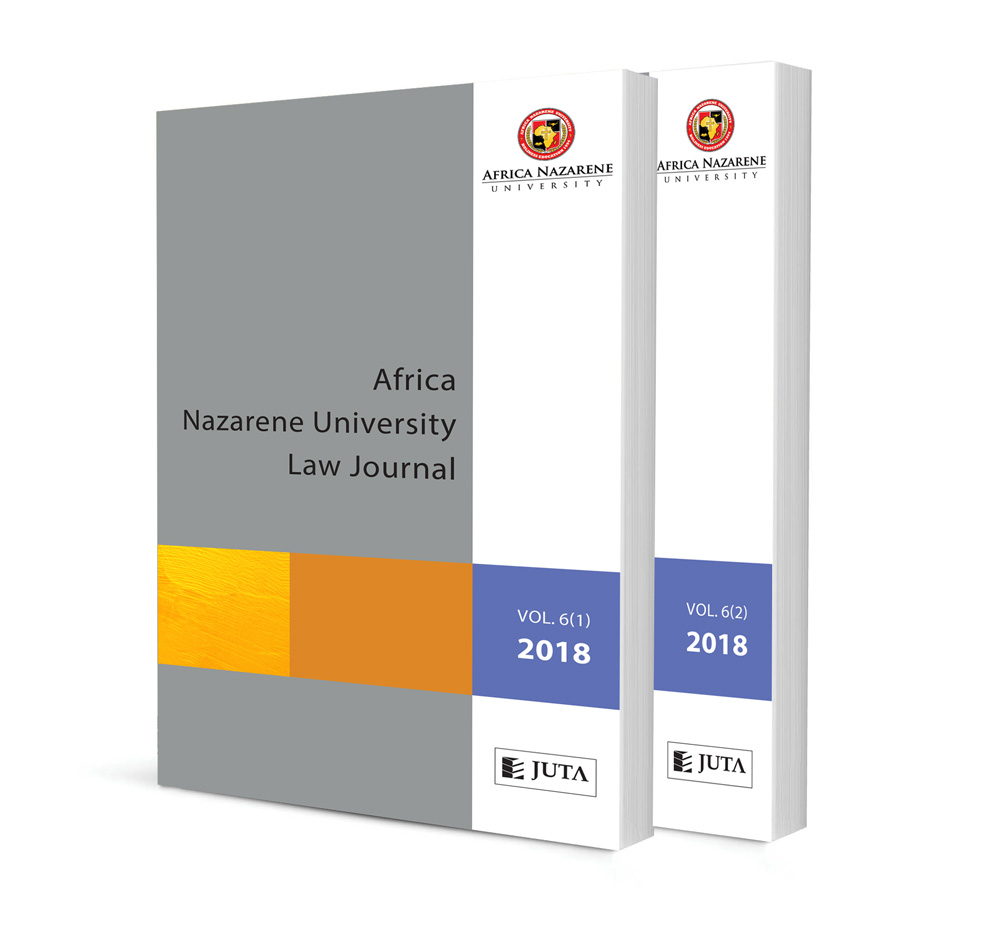Abstract
The categorisation of property as movable and immovable create, on the one hand, the impression that immovable property is generally fixed in nature and therefore not subject to mobility, and, on the other hand, that movable property can easily be moved from one position or location to another. This water-tight division in relation to the description of property has permeated the general understanding of the definition of immovable property in the context of property law. Scholarly research and judicial activism, particularly in some countries, of which Nigeria is an example, have identified that the application of the English doctrine ‘quic quid plantateur solo, solo cedit’ renders it possible, in appropriate cases, for an otherwise immovable property to change its status to that of movable under the law. In this regard, consideration is required to be given to how rights in immovable property can be transferred. It is posited that the dichotomy between movable and immovable property is no longer necessary for a proper understanding of the word ‘property’ in the legal context and should therefore be eradicated.

